‘No drugs’: New way Aussies are getting high
It promises to do in 10 minutes what 10 days of meditation can do – and it’s landed in Australia.
Fast carving out a reputation as an incredible antidote to stress, sleep problems and burnout, breathwork is making a rapid rise as one of Australia’s newest wellness trends.
It even made the cut in the latest season of Real Housewives of Sydney, in a scene where Bondi vet Kate was out on a ritzy blind date in Woolloomooloo.
At one point in the conversation, Kate’s date Adam lets her in on a little secret: he’s been getting into holotropic (aka psychedelic) breathwork, and he’s loving it.
The whole scene is edited together to make it all seem a little too woo-woo, and we’re all meant to have a laugh at his expense – as arguably, the practice is still shrouded in mystery and largely misunderstood.
But the truth is, breathwork works.
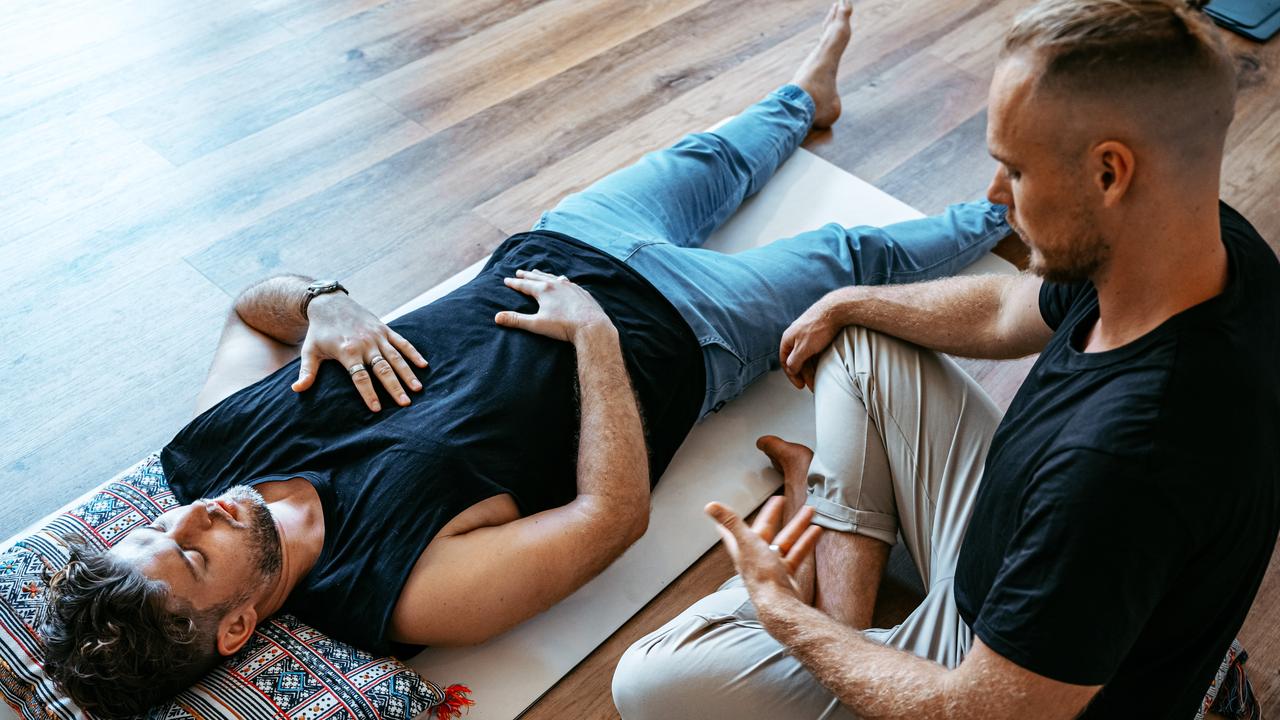
One of Australia’s leading breathwork coaches is Johannes Egberts, and he believes that it’s all about to hit the mainstream, much like how meditation and mindfulness practices have become socially accepted tools to manage our mental health.
“The world is breathless today, people’s anxiety levels are higher than ever,” he said.
“People are looking for new tools, and they’re not finding them in our traditional ways of care.
“There’s definitely room for another way, and breathing can be that way.”
You need only to look at strangers on the street – on the morning commute, at the supermarket, or out shopping on the weekend – to see how stressed out and burned out many of us are right now.
We’re holding out for things to change, but what we’ve really been doing is holding our breath, both literally and figuratively.
“The breath is the remote control to the human body and nervous system,” Johannes said.
“The average human takes between 12 to 20 breaths per minute. The first step is to use this breath retraining protocol to bring our chemistry back.
“When you learn to control it the right way, you can use it to shift the state that you’re in.”
Johannes’ recent research study with the University of Queensland found that breathwork could help alleviate mental health issues, epilepsy, asthma, hypertension and auto-immune conditions.
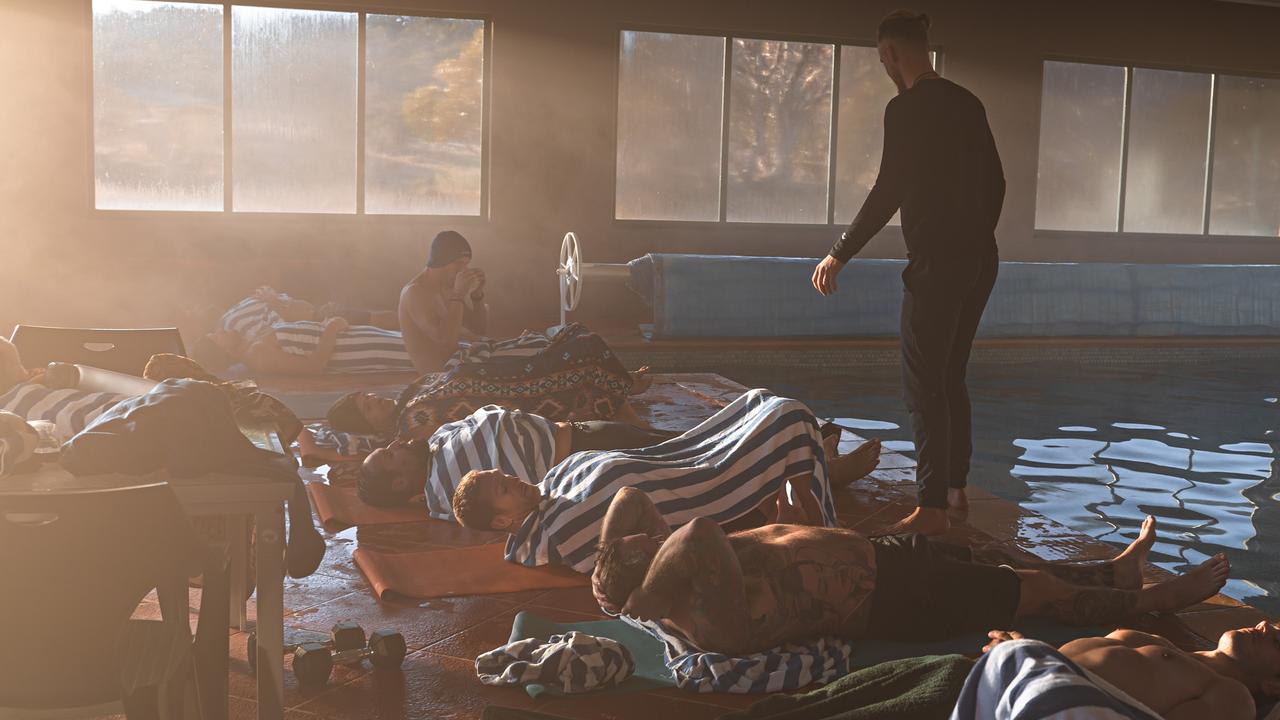
“It’s used to treat conditions ranging from PTSD, managing and overcoming anxiety, chronic stress, sleep issues, the inability to focus and lack of energy,” he said.
“When we restore people’s natural breathing patterns, we restore their health.”
I’d wondered if breathwork could help manage underlying stress I was experiencing in my own life, including the recent loss of a job, and wanted to try it out.
Of the different techniques that Johannes teaches, ‘psychedelic’ breathwork – aka holotropic breathwork – caught my attention.
He claims it uses just the breath to achieve an altered state and “breathe away stress and big emotions.”
“It really is the new yoga, but it’s instantaneous,” he claims.
“With meditation, it may take 10 days or more to start noticing the difference, but with breathwork, you can feel it within a quick 10 or 20-minute session.
“Holotropic breathwork is very powerful and got me back to feeling again – nothing else could do that, not seeing a psychologist, not meditation … and it changed everything.”
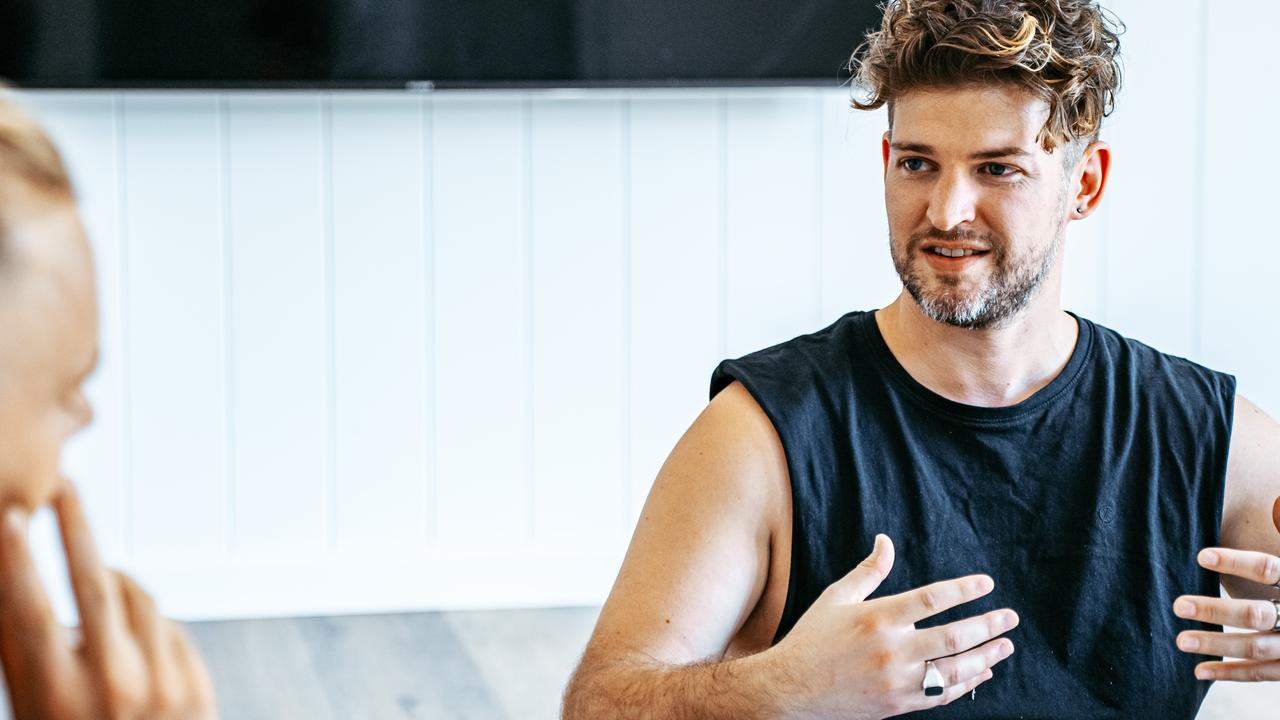
A chance encounter with Wim Hof
Netherlands-born Johannes who arrived in Australia, aged 18, with just the clothes on his back has experienced significant mental health struggles.
After a challenging childhood and adolescence, and a period of excess stress and burnout, including a relationship breakdown, he tried taking his own life aged 21.
“It really was a hard time; I had a lot of coping mechanisms but I didn’t have any real self-regulation skills and that resulted in me shutting down in a very intense period of depression, and not knowing what to do,” Johannes said.
“I tried all sorts of things: yoga, moving, meditating, and even medicating away some of the symptoms but the truth is, it wasn’t working.”
The difference came via a chance meeting with world breathwork expert, Wim Hof, and saw Johannes turn his life around.
“He [Wim Hof] guided me through a very simple breathing exercise; it was 15 minutes of deep continuous breathing followed by holding my breath, and in that moment I had the most profound experience, it’s like my spirit came back into my body,” Johannes said.
“I was living in a disassociated shell, moving through life like a video game, where I was the main character and it was first-person player mode.
“I was watching myself go through the motions, and I wasn’t really alive, I wasn’t really in my body, this breathing exercise brought me back in such a short amount of time.”

Now 28, Johannes has dedicated his life to breathwork and is at the helm of Breathless Expeditions, his business which has helped more than 10,000 people with breathwork, along with other experiences like ice baths, cold-water experiences, and freediving.
He’s worked with athletes, Olympians, and CEOs, and now he’s working one-on-one with me.
Leave your expectations at the door
Greeting me in Sydney’s northern suburbs, Johannes radiated warmth as he smiled and invited me inside his studio.
“I’m going to show you a number of practical exercises using the breath, which can help with day-to-day stresses,” Johannes explained.
“Then we’ll get to the fireworks.”
One of these was “coherent breathing,” a process of slow breathing to the count of five, and then out for five.
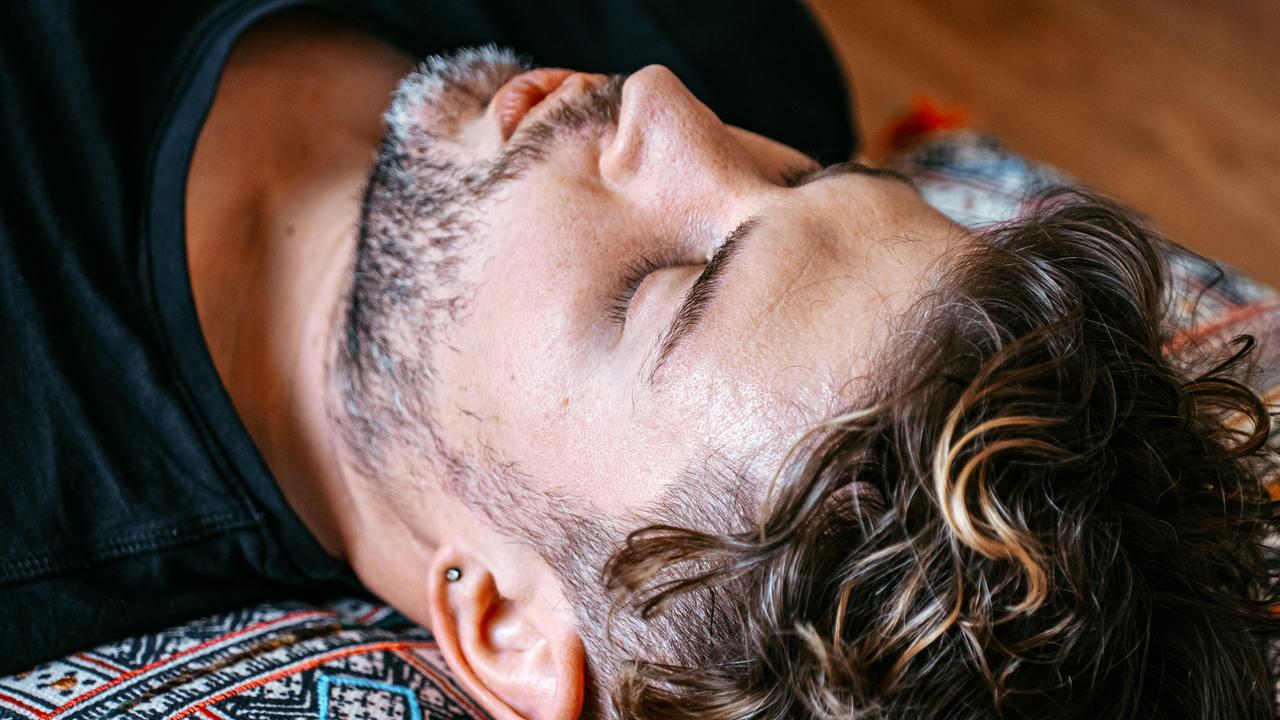
As we sat facing one another on a yoga mat, Johannes said we should be doing this up to three times a day for optimal benefits.
“In five, four, three, two, one … Hold … out, five, four, three, two, one.”
Repeating the pattern a number of times, I was struck at how quickly this slowed down my mind and how present I became with my thoughts.
Johannes next asked me to tape my mouth with a special product he’d developed to help those with sleep apnoea and snoring.
By forcing your lips shut, the tape forces you to breathe through your nose enhancing respiration and increasing oxygen consumption.
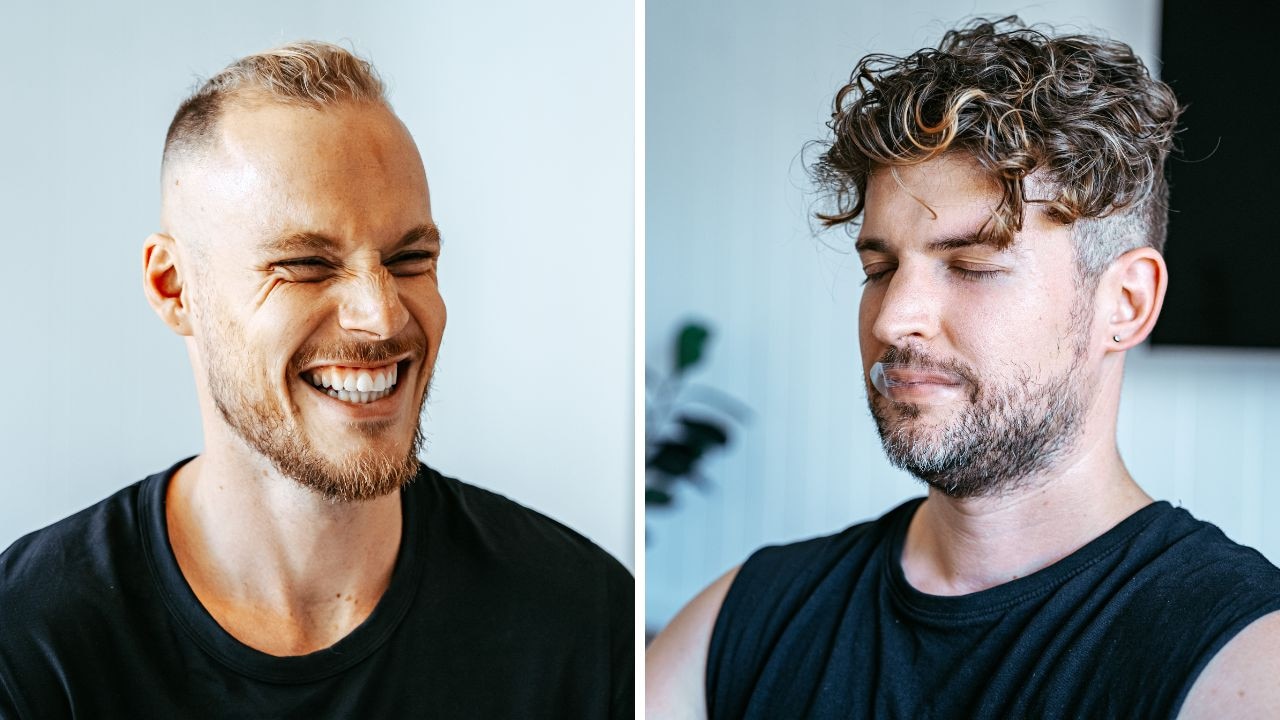
Down the rabbit hole of psychedelic breathwork
Now it was time for the main event: psychedelic breathwork.
The start of the session was similar to a yoga or meditation class – laying down on a mat, music started playing, and as I closed my eyes, Johannes directed my attention to the sounds inside and outside the studio.
Birds. Construction work. Traffic. The sound of my breath. These all entered my awareness as we stepped through a pattern of slow and continuous rhythmic breathing.
Breathing in for 10 seconds, out for 20.
In for 12 seconds, out for 24.
In for 15 seconds, out for 30.
The music grew louder, and the breathing got faster. Johannes next directed my attention back to my body, asking me to scan up and down.
I was now breathing in for 4 seconds, out 4.
Then in for 3 seconds, and out for 3 seconds.
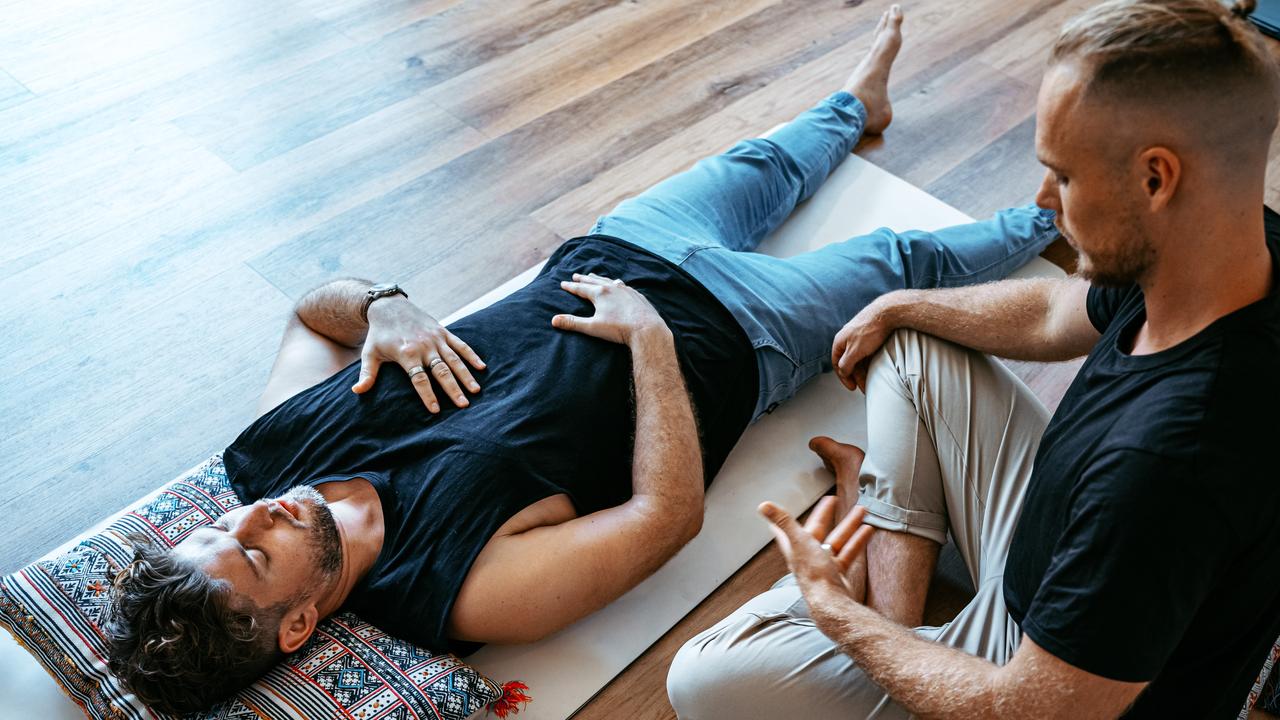
Oxygen was flooding my lungs and body, and I began to changes in my awareness, and things I find hard to explain in words – it was like entering a dream state.
The rapid breathing continued, and I felt waves of energy circling my body, up and down my legs and arms, and through my chest and my neck.
By focusing on my breathing, the experience deepened and with this energy moving, almost like electricity, emotional content started to bubble up to the surface.
Interestingly, the breathing pattern makes you focus less on your thoughts and I felt more anchored in my body than stuck in my mind.
“Keep going, you’re doing well,” he said. “You’re almost there, a few more breaths.”
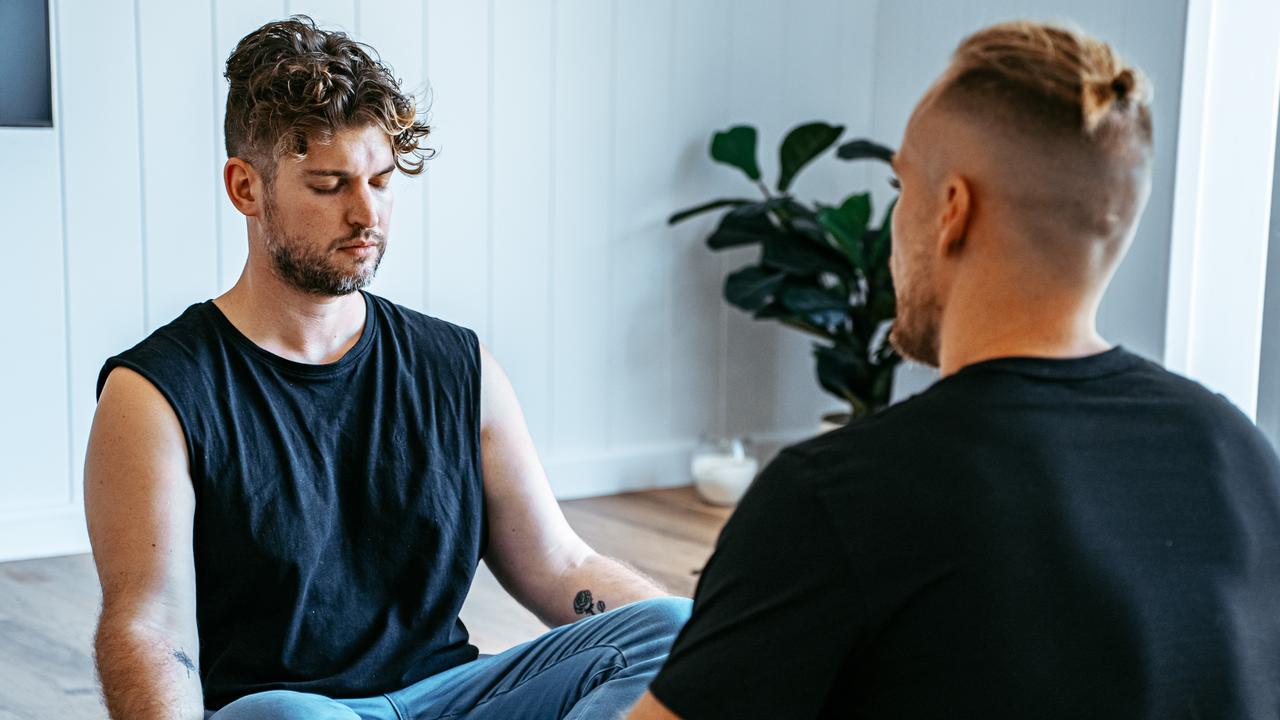
And then, without any real warning, through a kind of profound emotional release, I became overwhelmed by a flood of tears and feelings.
Each outward breath created more space for even more to come up and be released, it was a full body experience and I was in the driver’s seat.
It felt powerful, like a door opened up, offering fresh perspectives and insights over certain parts of my life.
This continued for around 30 minutes before Johannes told me to slow my breathing, and the intensity of the experience eased. I felt myself coming back into my body, and my awareness returning to the room.
I took a big final exhale. This wild ride was coming to an end.
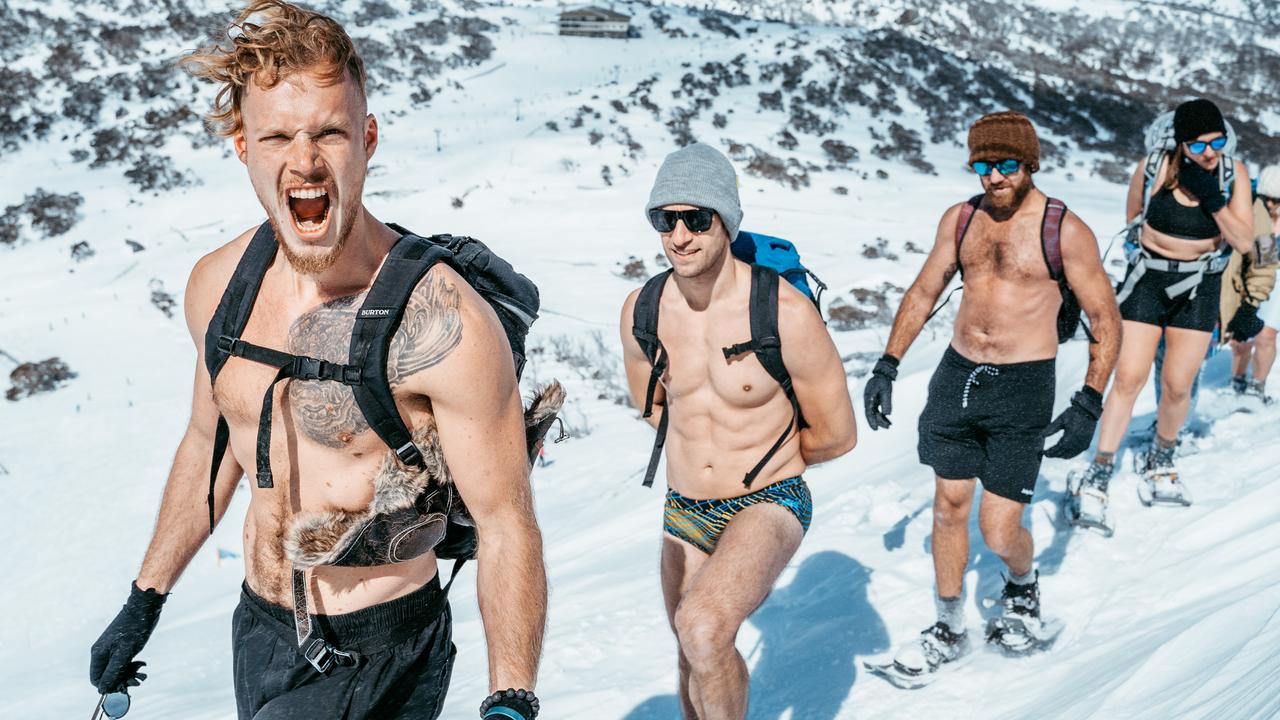
Afterwards, Johannes explained how the technique had affected my body’s physiology.
“You felt a release from the day to day, from ruminating; some people say it’s 20 years of Zen in 20 minutes, or a supercharged form of meditation,” he said.
“For some people it’s quite emotional; for some people, it really releases the tension we hold in our bodies, and some people have the equivalent of a modern spiritual awakening.
“They have all these deep insights about themselves and how they do things, and it’s really an opportunity to step back from the day to day, from the control and rigidity that we sometimes have over ourselves and really feel into what’s underneath.”
‘More powerful than psychedelic drugs’
After LSD became illegal in the late 1960s, psychiatrists Stanislav and Christina Grof – who’d been advocates of the therapeutic effects of LSD – developed holotropic breathwork in the 1970s to achieve psychedelic-like states without drugs.
Johannes said that Stanislav realised and documented this was “actually as powerful, if not more powerful” than psychedelics.
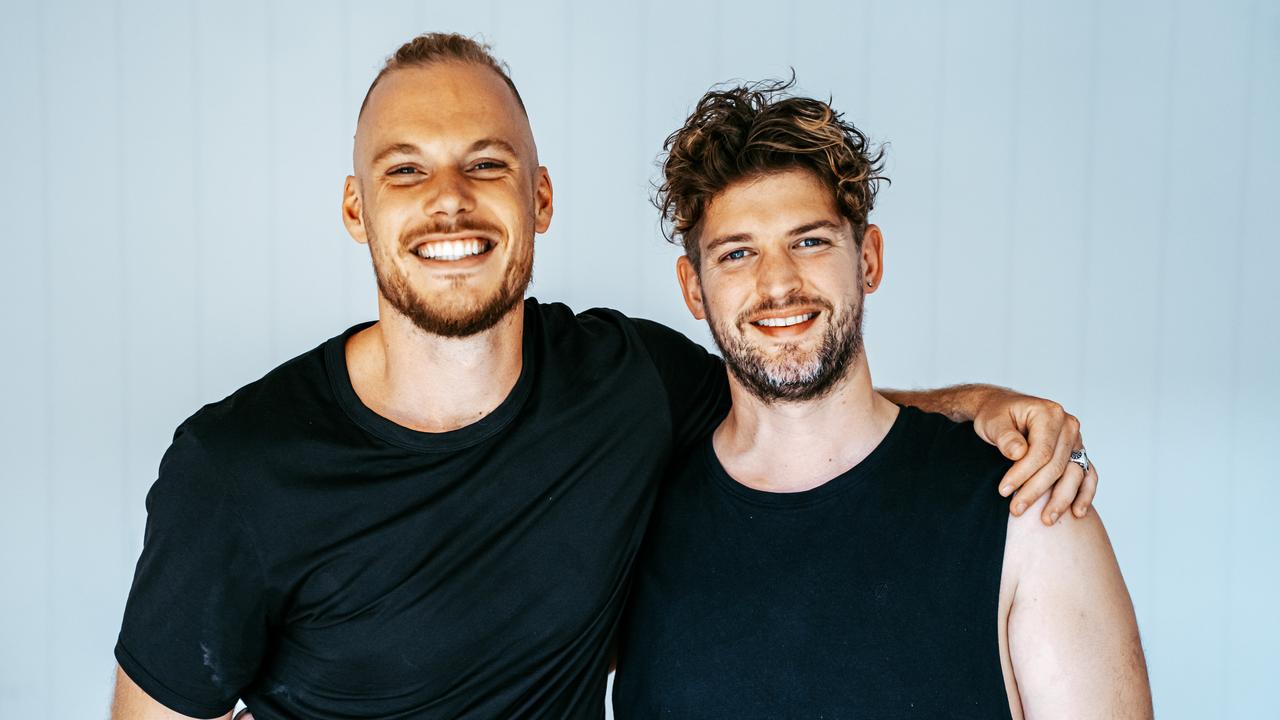
“Fast-breathing practices gently activate the limbic system through the sympathetic nervous system,” he said.
“With each inhale and exhale, blood is drawn between the heart and vasculature of the lungs, causing subtle changes in our heart rate and nervous system.
“This type of breathwork lowers the arterial pressure of CO2, which reduces cerebral blood flow, and leads to altered states of consciousness. Through fast rhythmic breathing, we can experience something bigger than ourselves.”
Days later, the results speak for themselves.
I’m feeling more energised, more connected to myself and others, and there’s a bit of a spring in my step.
This hasn’t been a magic wand to solve all the issues in my life, but maybe I’ve now created a little bit more breathing space, pardon the pun.
I think Kate’s blind date on the Real Housewives of Sydney was onto something.
Troy Nankervis is a freelance journalist and was invited to take part in the experience by Breathless Expeditions.





